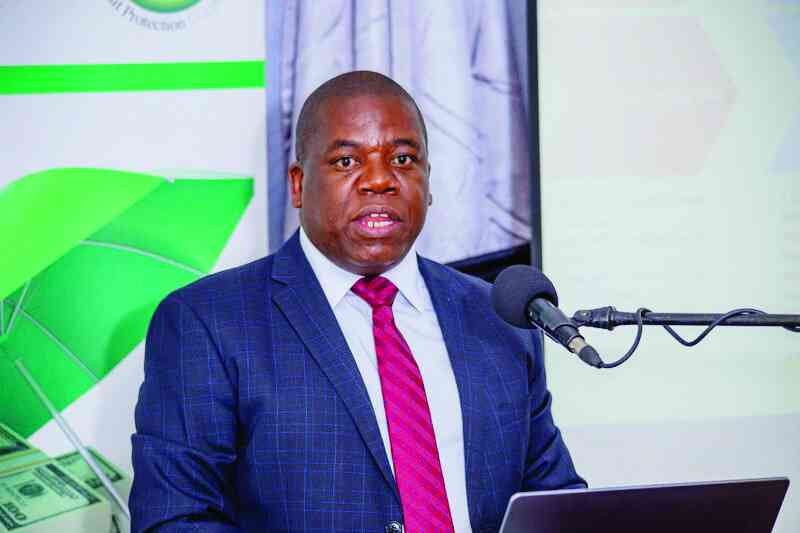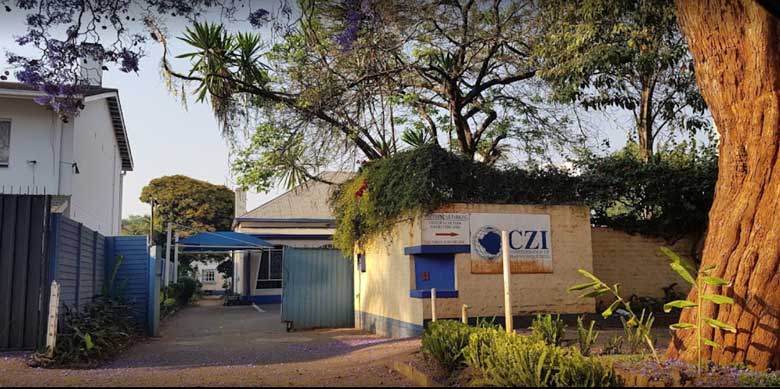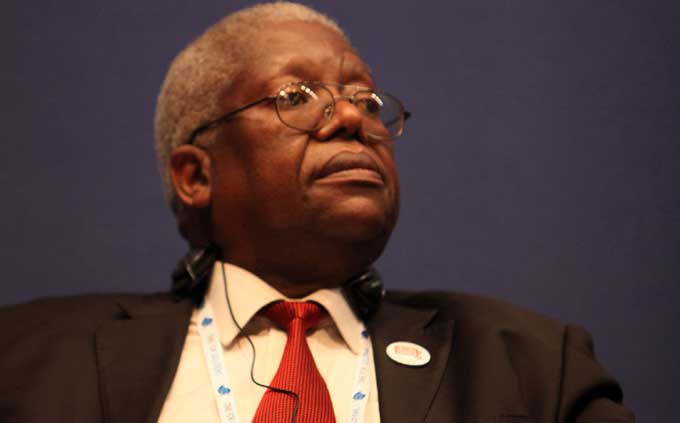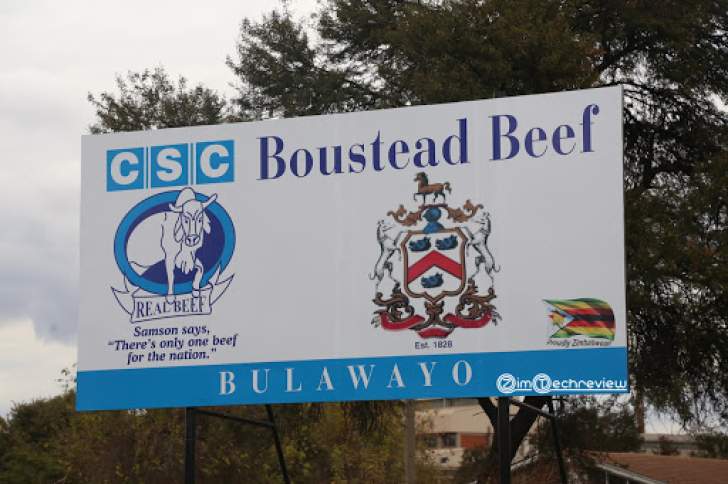
FOUR banks that collapsed during waves of market failures between 2004 and 2008 have been liquidated, it has emerged.
Hopewell Zinyau, chief executive officer at the Deposit Protection Board (DPC), told an annual general meeting (AGM) last week that the residual assets of Afrasia, Interfin, Allied Bank and Trust Bank were also formally handed over to their shareholders after the liquidation raised ZiG9,4 million.
This funding would be deployed towards compensating depositors.
The liquidation of a bank is the process of permanently closing it, selling off any assets, and using proceeds to settle as many of the bank’s remaining liabilities as possible.
Typically, customer accounts are closed, and cheques are mailed to account holders for the amount of their insured deposits, according to experts.
“During the period under review (2024), the corporation continued to effectively discharge its mandate as liquidator for five closed banks through asset recoveries and the disbursement of liquidation dividends to creditors and uninsured depositors,” Zinyau told the AGM.
“Four liquidation assignments were successfully concluded during the year. Total recoveries, comprising cash, treasury bills, and properties, amounted to ZiG9,4 million.”
The period of bank failures was marked by the exit of some of the country’s biggest lenders.
- Will the IMF US$961m windfall rescue Zim?
- Will the IMF US$961m windfall rescue Zim?
- Ipec calls for insurance transparency
- 'Brand Zim': A project in vain in deepening economic crisis
Keep Reading
The DPC was then established under the Deposit Protection Corporation Act.
The Act also created a Deposit Protection Fund administered by DPC to compensate depositors in the event a financial institution collapses. The corporation administers the Deposit Protection Scheme in Zimbabwe.
During DPC’s AGM on Thursday last week, Zinyau said the fund’s cover had also increased, ensuring depositors were protected.
The fund grew nearly 10% to U$16,7 million during the first quarter, as the organisation seeks to restore market confidence in the country.
The growth reported during the three months under review represented a US$1,5 million rise compared to US$15,2 million recorded at the end of last year.
The DPC fund also grew more than two fold when compared to the fund’s value at the end of 2023, according to statistics released during the annual general meeting.
“The fund size is the total value of assets and derivatives,” Zinyau told the AGM.
“So, as of December 31, 2023, we had a fund size of US$7,8 million equivalent.
“Then that fund grew to US$15,2 million as of December 31, 2024, and it further grew to US$16,7 million as of March 31 2025.”
DPC provides a maximum cover of up to US$1 000 per deposit class per banking institution and US$500 per deposit class per deposit-taking microfinance institution.
However, given ongoing macroeconomic challenges triggered mostly to exchange rate volatility, the DPC is set to review the cover limit upwards per deposit class per contributory banking institution, the DPC has indicated.
DPC’s funding is derived from premium levies, rental income, and returns on investments.
“Deposit protection cover levels for CBls (Contributory Banking Institutions) were pegged at ZWG equivalent of US$1 000 per deposit class,” Zinyau said.
“The USD cover level remained at US$1 000 while cover levels for deposit -taking microfinance institutions (DTMFIs) were pegged at ZWG equivalent of US$500 per deposit class.
“At the current cover levels, 99,6% of ZWG and 96,7% of US dollars of the CBl depositors and 99,95% of ZWG and 99,97% of USD of deposit-taking microfinance depositors respectively, were covered in full.”
He added: “Dividends paid to creditors of the five failed contributory banking institutions under liquidation increased by 25%, from ZWG90 400 in December 2023 to ZWG113 500 in December 2024.
“We are able to cover up to 96% individual accounts up to the tune of US$1 000. We also do banking with what we call continuity banking.”
These are banks that are licensed companies in Zimbabwe, which DPC is able to cover up to US$500, excluding the balance sheet.
“So, from that perspective, we are doing quite well because we are able to cover 96,6% of the country up to the tune of US$1 000 and US$500, but they are not in separate institutions,” DPC chairperson Canan Dube said.
The idea of a compensation scheme for depositors was seen as the right step towards redressing challenges emanating from the closure of banks.
But it was not only depositors who were affected during the period.
The Insurance and Pensions Commission of Zimbabwe (Ipec) is also dealing with a similar problem after thousands of pensioners were left with nothing during a wipe off of their schemes during hyperinflation in 2008.
Ipec commissioner, Grace Muradzikwa told the Zimbabwe Independent recently that the agency had made headway in dealing with the compensation issue.
Still, campaigners have argued that it has taken too long for Zimbabwe to redress the problem, as pensioners were suffering under the current harsh economic environment.










